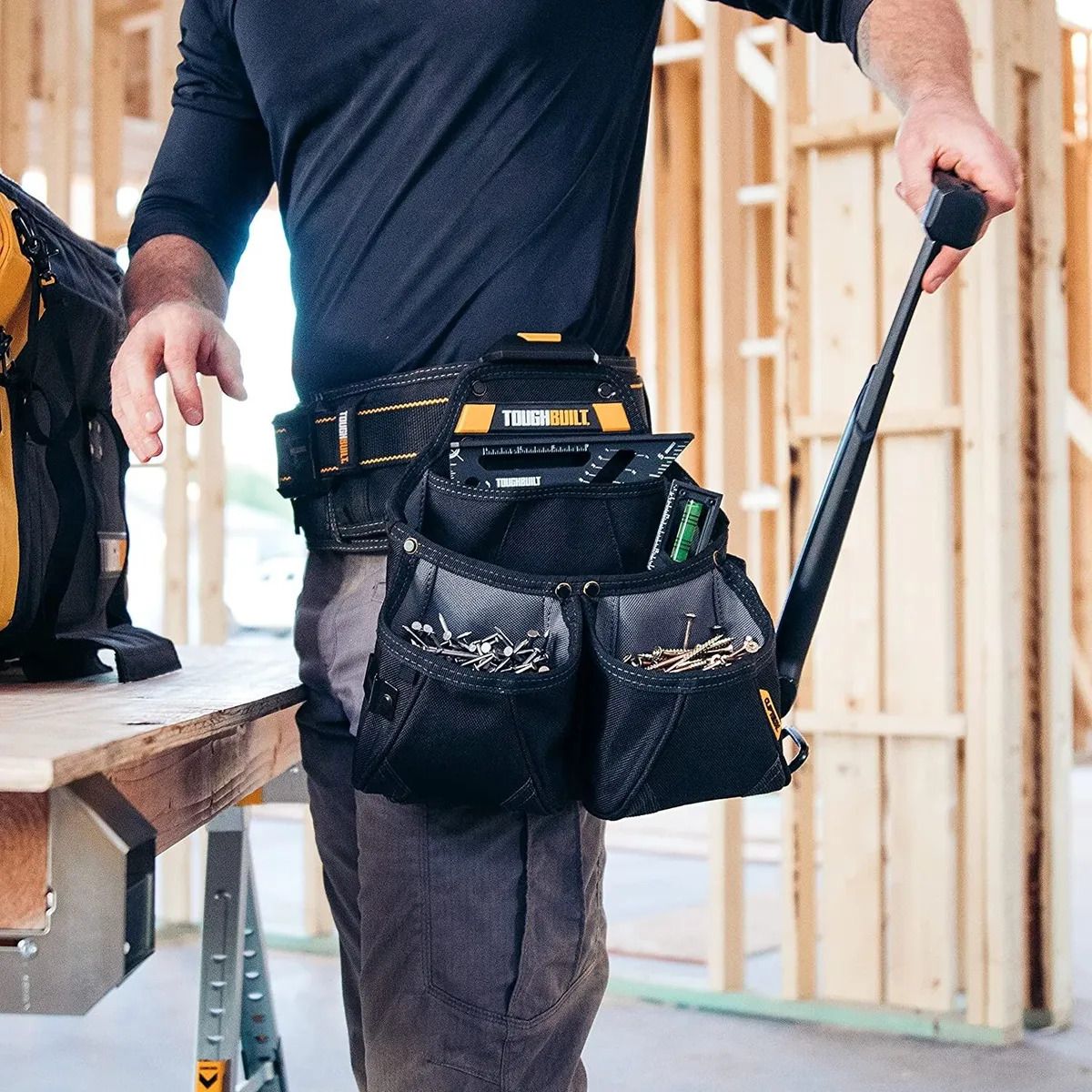

Articles
How Do You Purchase A Tough Built Tool Belt
Modified: October 22, 2024
Looking to purchase a tough built tool belt? Read informative articles on how to choose the perfect tool belt for your needs.
(Many of the links in this article redirect to a specific reviewed product. Your purchase of these products through affiliate links helps to generate commission for Storables.com, at no extra cost. Learn more)
Introduction
When it comes to any job that requires carrying and organizing tools, a reliable tool belt is an essential accessory. Among the wide range of tool belts available in the market, Tough Built tool belts are highly regarded for their durability and functionality. Whether you’re a professional tradesperson or a DIY enthusiast, investing in a Tough Built tool belt can significantly enhance your efficiency and productivity.
However, before purchasing a Tough Built tool belt, there are several factors you should consider to ensure you make the right choice. This article will guide you through the process and provide valuable insights into selecting and purchasing the perfect Tough Built tool belt for your needs.
So, let’s dive in and discover the key factors you need to consider before purchasing a Tough Built tool belt.
Key Takeaways:
- Choose the Right Tool Belt
Consider your work type, comfort, storage needs, material durability, and mobility when selecting a Tough Built tool belt. Research, read reviews, and purchase from authorized retailers for a reliable and efficient purchase process. - Budget for Quality
Set a budget, compare prices, and consider long-term value when purchasing a Tough Built tool belt. Balance your budget with the features you need and prioritize durability for a cost-effective investment in your productivity.
Read more: How Do You Remove Stuff From Tool Belt
Factors to Consider
Before purchasing a Tough Built tool belt, it’s important to take a few factors into consideration to ensure you choose the right one for your specific needs. Here are some key factors to keep in mind:
- Type of Work: First and foremost, consider the type of work you will be using the tool belt for. Are you a carpenter who needs to carry heavy tools and nails, or are you an electrician who requires specific pockets for wire cutters and pliers? Understanding the nature of your work will help you determine the features and design elements that are essential in a tool belt.
- Comfort: Since you’ll be wearing the tool belt for extended periods, it’s crucial to ensure it offers a comfortable fit. Look for a tool belt with adjustable straps and padding for proper weight distribution. Additionally, consider if you prefer a waist tool belt or a harness-style belt that distributes the weight across your shoulders and back.
- Storage Capacity: Assess the number and size of pockets and compartments you require. Different trades have different tool requirements, so choose a tool belt that can accommodate your essential tools. Durable hammer loops, tape measure holders, and drill bit sleeves are also useful features to consider.
- Material Durability: Tough Built tool belts are known for their durability, but it’s still important to evaluate the quality of the materials. Look for tool belts made from heavy-duty nylon or leather, as these materials provide excellent resistance to wear and tear. Reinforced stitching and rivets are also indicators of a well-made and long-lasting tool belt.
- Mobility and Accessibility: Consider how easily you can access your tools while wearing the tool belt. Look for a belt with easy-to-reach pockets and compartments, as well as secure closures to prevent tools from falling out during movement. Additionally, ensure that the tool belt doesn’t restrict your movement or hinder your ability to perform tasks comfortably.
By taking these factors into account, you can narrow down your options and find a Tough Built tool belt that aligns with your specific requirements and preferences. With a carefully selected tool belt, you can enhance your productivity and simplify the task of carrying and accessing your tools.
Types of Tough Built Tool Belts
Tough Built offers a wide range of tool belts, each designed to cater to different needs and preferences. Understanding the types of tool belts available will help you make an informed decision. Here are some of the popular types of Tough Built tool belts:
- Standard Tool Belt: This is the most common type of tool belt, featuring a combination of pockets and loops to hold various tools. It typically has a waist strap and adjustable suspenders for a comfortable fit. Standard tool belts are versatile and suitable for a wide range of trades.
- Carpenter Tool Belt: Specifically designed for carpenters, this tool belt usually includes dedicated pockets for hammers, nails, and measuring tape. It may also have specialized loops or compartments for carpentry tools like chisels and levels. A carpenter tool belt is sturdy and offers easy access to essential tools for carpentry projects.
- Electrician Tool Belt: Electricians have specific tool requirements, such as pliers, wire strippers, and screwdrivers. An electrician tool belt is designed with specialized pockets and compartments to hold these tools securely. It may also include features like a tape measure holder and a pouch for cable connectors.
- Plumber Tool Belt: Plumbers need to carry a range of tools and supplies, including wrenches, pipe cutters, and plumbing tape. A plumber tool belt is designed with large pockets and loops to accommodate these tools. It may also have waterproof features to protect the tools from water and moisture.
- Gardener Tool Belt: Designed for gardening and landscaping tasks, a gardener tool belt typically has larger pockets to hold gardening tools like pruners, trowels, and gloves. It may also include specialized compartments for seeds, plant markers, and other gardening essentials.
These are just a few examples of the types of Tough Built tool belts available. Each type caters to specific trades and purposes, ensuring that you can find a tool belt that suits your needs perfectly.
When selecting a tool belt, consider the type of work you primarily engage in, as well as the tools you need to carry. This will help you determine the most appropriate type of Tough Built tool belt for your specific requirements.
Researching and Comparing
Once you have determined the type of Tough Built tool belt that best suits your needs, it’s time to delve into the process of researching and comparing different models. This step is crucial to ensure you make an informed decision and select the right tool belt that will serve you well in the long run. Here are some tips for researching and comparing Tough Built tool belts:
- Read product descriptions: Start by thoroughly reading the product descriptions of different tool belts on the official Tough Built website or other authorized retailers. Pay attention to the features, materials used, storage capacity, and additional functionalities offered by each model.
- Check customer reviews: Customer reviews provide valuable insights into the actual performance and durability of a tool belt. Read both positive and negative reviews to get a comprehensive understanding of users’ experiences with the specific tool belt you are interested in.
- Compare prices: It’s important to compare prices across different retailers to ensure you are getting the best value for your money. Keep in mind that higher-priced tool belts may offer additional features or superior quality, but it’s essential to strike a balance between your budget and the features you truly need.
- Consider brand reputation: Tough Built is known for manufacturing high-quality and durable tool belts. However, it’s still worth considering the brand’s reputation and customer satisfaction. Look for reviews and recommendations from professionals in your industry to gauge the reliability and performance of Tough Built tool belts.
- Ask for recommendations: Reach out to colleagues, friends, or online communities for recommendations on Tough Built tool belts. Getting firsthand feedback from individuals who have used the product can be incredibly helpful in making an informed decision.
By conducting thorough research and comparing different models, you can narrow down your options and have a better understanding of what to expect from each tool belt. This process will enable you to make a confident decision when purchasing your Tough Built tool belt.
Selecting the Right Size
Choosing the right size is crucial when it comes to purchasing a Tough Built tool belt. An ill-fitting tool belt can be uncomfortable to wear and may not provide the necessary support and functionality required for your work. Here are some steps to help you select the right size for your tool belt:
- Measure your waist: Use a measuring tape to measure your waistline where you plan to wear the tool belt. Make sure to measure over any clothing that you would typically wear while working.
- Consult the size chart: Check the size chart provided by Tough Built or the authorized retailer to match your waist measurement with the corresponding size. It’s important to note that the size may vary between different models, so refer to the specific size chart for the tool belt you are interested in.
- Consider adjustability: Many Tough Built tool belts offer adjustable straps or suspenders to accommodate different waist sizes. If you are in between sizes, opt for a tool belt with adjustable features to ensure a more customized fit.
- Try it on: Whenever possible, try on the tool belt before making a purchase. This can be done in-store or by ordering multiple sizes and returning the ones that don’t fit. Trying on the tool belt will give you a better sense of how it fits and feels when worn.
- Consider your work attire: Take into account the clothing and layers you typically wear while working. If you often wear bulky clothing or multiple layers, you may need to size up to accommodate the additional bulk.
Keep in mind that a properly sized tool belt should fit snugly around your waist without being overly tight or loose. You should be able to adjust the straps comfortably and have enough room to move and perform your tasks without restriction.
If you are unable to try on the tool belt before purchasing, carefully review the sizing information and consult customer reviews for guidance on the fit. Additionally, some retailers offer flexible return and exchange policies, which can be beneficial if you need to exchange the size after receiving the tool belt.
By selecting the right size, you can ensure a comfortable and secure fit, allowing you to work with ease and efficiency while wearing your Tough Built tool belt.
When purchasing a Tough Built tool belt, make sure to consider the size and number of pockets, the material and durability, and the comfort and adjustability of the belt for a perfect fit.
Read more: What Do You Need In A Tool Box
Purchasing from Authorized Retailers
When it comes to purchasing a Tough Built tool belt, it’s crucial to buy from authorized retailers to ensure you’re getting a genuine product and enjoy the associated benefits. Here’s why it’s important to purchase from authorized retailers:
- Product Authenticity: Authorized retailers are official partners of Tough Built, and they only sell authentic products. When you buy from an authorized retailer, you can have confidence in the quality and authenticity of the tool belt you’re purchasing.
- Warranty Protection: Purchasing from an authorized retailer ensures that you qualify for any warranties offered by Tough Built. In the event of any defects or issues with the tool belt, you can rely on the manufacturer’s warranty to cover repairs or replacements.
- Customer Support: Authorized retailers have direct access to product knowledge and resources provided by Tough Built. If you have any questions, concerns, or need assistance with your purchase, authorized retailers are well-equipped to provide prompt and reliable customer support.
- Return and Exchange Policies: Authorized retailers often have flexible return and exchange policies, allowing you to return or exchange the tool belt if it doesn’t meet your expectations or if you need to make a size adjustment. This provides peace of mind and ensures a hassle-free shopping experience.
- Price Protection: Authorized retailers follow the manufacturer’s suggested retail price (MSRP) guidelines, which means you can trust that you’re paying a fair price for the tool belt. Additionally, authorized retailers may offer promotions or discounts that are authorized by Tough Built.
To ensure you’re purchasing from an authorized retailer, it’s advisable to visit the official Tough Built website or contact their customer support for a list of authorized retailers in your area. You can also look for authorized retailer logos or badges on their website or physical store.
By purchasing from authorized retailers, you can have confidence in the authenticity of your Tough Built tool belt, enjoy the manufacturer’s warranty protection, and receive reliable customer support throughout your ownership of the product. It’s a smart choice that guarantees a seamless buying experience and peace of mind.
Reading Reviews and Feedback
Before making a purchase, it’s essential to read reviews and gather feedback from other customers who have already used the Tough Built tool belt you’re considering. Reviews provide valuable insights into the performance, durability, and overall satisfaction of the product. Here are some tips for reading reviews and feedback:
- Look for detailed reviews: Seek out reviews that provide specific details about the tool belt’s features, functionality, and performance. These reviews can offer a deeper understanding of how the tool belt performs in real-world situations.
- Consider the overall rating: Take note of the overall rating of the tool belt. A high rating indicates that a significant number of customers are satisfied with their purchase, while a low rating may indicate potential issues or drawbacks.
- Read a variety of reviews: Read both positive and negative reviews to get a balanced perspective. Positive reviews can highlight the strengths and benefits of the tool belt, while negative reviews can identify potential limitations or issues that you should consider.
- Look for specific trade-related feedback: If you belong to a specific trade, focus on reviews from professionals in the same field. Their feedback may be more relevant to your specific needs and can give you a better idea of how the tool belt performs in your line of work.
- Consider the volume of reviews: A tool belt with a larger number of reviews can provide a more accurate representation of the product’s performance. If possible, prioritize reading reviews with a higher number of ratings, as this can offer a more comprehensive perspective.
- Pay attention to common themes: Look for common themes or recurring comments in the reviews. This can help you identify consistent positive or negative aspects of the tool belt that may be relevant to your decision-making process.
By taking the time to read reviews and gather feedback, you can gain valuable insights into the quality, usability, and durability of the Tough Built tool belt you’re considering. This information can help you make an informed decision and choose a tool belt that meets your expectations.
Keep in mind that reviews are subjective opinions, and individual experiences may vary. Consider the overall consensus, weigh the pros and cons, and use your judgment to determine if the tool belt aligns with your specific requirements.
Reading reviews and feedback is an important step in the purchasing process, allowing you to make an educated decision and select a tool belt that will serve you well in your work.
Pricing and Budgeting
When it comes to purchasing a Tough Built tool belt, it’s important to consider your budget and the pricing of the different models available. While quality and durability are important factors, it’s equally crucial to find a tool belt that fits within your budget. Here are some tips for pricing and budgeting:
- Set a budget: Determine the maximum amount you are willing to spend on a tool belt. This will help you narrow down your options and focus on models that fall within your budget range.
- Compare prices: Research and compare prices across different retailers to ensure you are getting the best possible deal. Keep in mind that prices may vary based on the model, size, and features of the tool belt.
- Consider long-term value: While it’s important to stay within your budget, it’s also essential to consider the long-term value of the tool belt. Investing in a durable and high-quality tool belt may be more cost-effective in the long run, as it will last longer and require fewer replacements.
- Look for promotions and discounts: Keep an eye out for promotions, discounts, or sales events that may be offered by authorized retailers or directly from Tough Built. These can help you get a better price without compromising on quality.
- Weigh features against price: Consider the features and functionality of the tool belt in relation to its price. Determine which features are essential for your work and prioritize those when making your decision.
- Avoid sacrificing quality: While it may be tempting to opt for a cheaper option, be cautious not to compromise on quality. A low-priced tool belt may not offer the same durability or functionality as a higher-priced one, and you may end up needing to replace it more frequently.
By setting a budget, comparing prices, and evaluating the long-term value of the tool belt, you can make an informed decision that aligns with your financial constraints and ensures a satisfactory purchase.
Remember that a tool belt is an investment in your productivity and efficiency. It’s worth allocating a reasonable budget to ensure you’re getting a durable and reliable tool belt that will withstand the demands of your work.
Take your time to research and compare prices, and strike a balance between your budget and the quality and features you require. With proper budgeting, you can find the perfect Tough Built tool belt without breaking the bank.
Making the Purchase
After conducting thorough research, considering all the factors, and evaluating your budget, it’s time to make the final decision and proceed with the purchase of your Tough Built tool belt. Here are some key steps to follow when making your purchase:
- Choose a trusted retailer: Select a reputable authorized retailer to ensure the authenticity of the product and access to customer support and warranty protection. This can be done by visiting the official Tough Built website or contacting customer support for a list of authorized retailers in your area.
- Check availability: Verify the availability of the specific tool belt model you want to purchase. Some popular models may be in high demand and could have limited stock. Ensure that the retailer has the tool belt in stock or can place an order for you.
- Double-check details: Before proceeding with the purchase, double-check all the details, including the size, color, and specific features of the tool belt. Pay attention to any additional accessories or items that may be included with the purchase.
- Review the return and exchange policy: Familiarize yourself with the retailer’s return and exchange policy in case you need to make any adjustments after the purchase. Ensure that the policy aligns with your expectations and provides flexibility if needed.
- Complete the transaction: Follow the retailer’s instructions to complete the transaction securely. Provide accurate shipping or pickup details, and make the payment using the preferred payment method offered by the retailer.
- Keep proof of purchase: After completing the transaction, make sure to keep a copy of the receipt or any confirmation details as proof of purchase. This will be essential in case of any warranty claims or for future reference.
- Track your shipment: If the tool belt is being shipped to you, use the provided tracking information to monitor the progress and estimated delivery date. This will help you anticipate when you can expect to receive your tool belt.
- Inspect the tool belt upon arrival: Once you receive the tool belt, inspect it to ensure it matches the description, is in good condition, and has all the expected features and accessories. Report any discrepancies or issues to the retailer promptly.
By following these steps, you can ensure a smooth and confident purchase process. You are now ready to start using your Tough Built tool belt and enjoy the convenience and functionality it provides in your work or DIY projects.
Remember to retain all relevant documentation, including receipts and warranty information, to safeguard your investment and for future reference. With a well-chosen and reliable tool belt, you can enhance your productivity and have a reliable companion for all your tool-carrying needs.
Read more: How Do You Split A Log With Hand Tools
Conclusion
Choosing the right Tough Built tool belt is an important decision that can greatly impact your work efficiency and productivity. By considering factors such as the type of work, comfort, storage capacity, material durability, mobility, and accessibility, you can narrow down your options and find the perfect tool belt for your needs.
Researching and comparing different models, reading reviews and feedback from other customers, and purchasing from authorized retailers are crucial steps to ensure you make an informed decision. Take the time to evaluate the pricing and budget according to your financial constraints, without sacrificing the quality or long-term value of the tool belt. This will help you find the best tool belt that suits both your needs and your wallet.
Once you have gone through the necessary steps and chosen your Tough Built tool belt, follow the proper size selection process, make the purchase from a trusted retailer, and carefully inspect the tool belt upon arrival. By keeping the receipt and warranty information, you can have peace of mind and be well-equipped to handle any future issues or inquiries.
In conclusion, investing in a Tough Built tool belt is a worthwhile decision for professionals and DIY enthusiasts alike. A well-chosen tool belt can enhance your organization, efficiency, and overall work experience. By taking the time to research, evaluate, and make an informed purchase, you can acquire a durable and reliable tool belt that will serve you well for years to come.
So, embrace the convenience and functionality that a Tough Built tool belt provides and enjoy the ease of carrying and accessing your tools on any job. Boost your productivity and efficiency by selecting the perfect tool belt that meets your specific needs and requirements.
Frequently Asked Questions about How Do You Purchase A Tough Built Tool Belt
Was this page helpful?
At Storables.com, we guarantee accurate and reliable information. Our content, validated by Expert Board Contributors, is crafted following stringent Editorial Policies. We're committed to providing you with well-researched, expert-backed insights for all your informational needs.
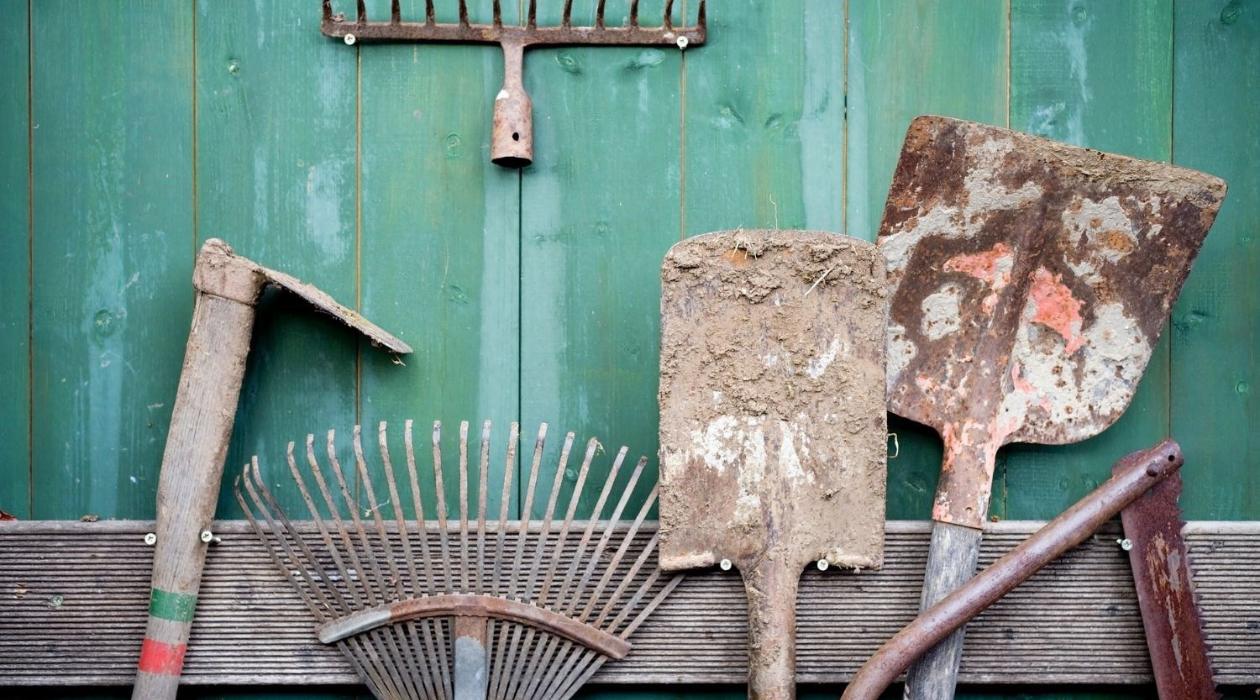

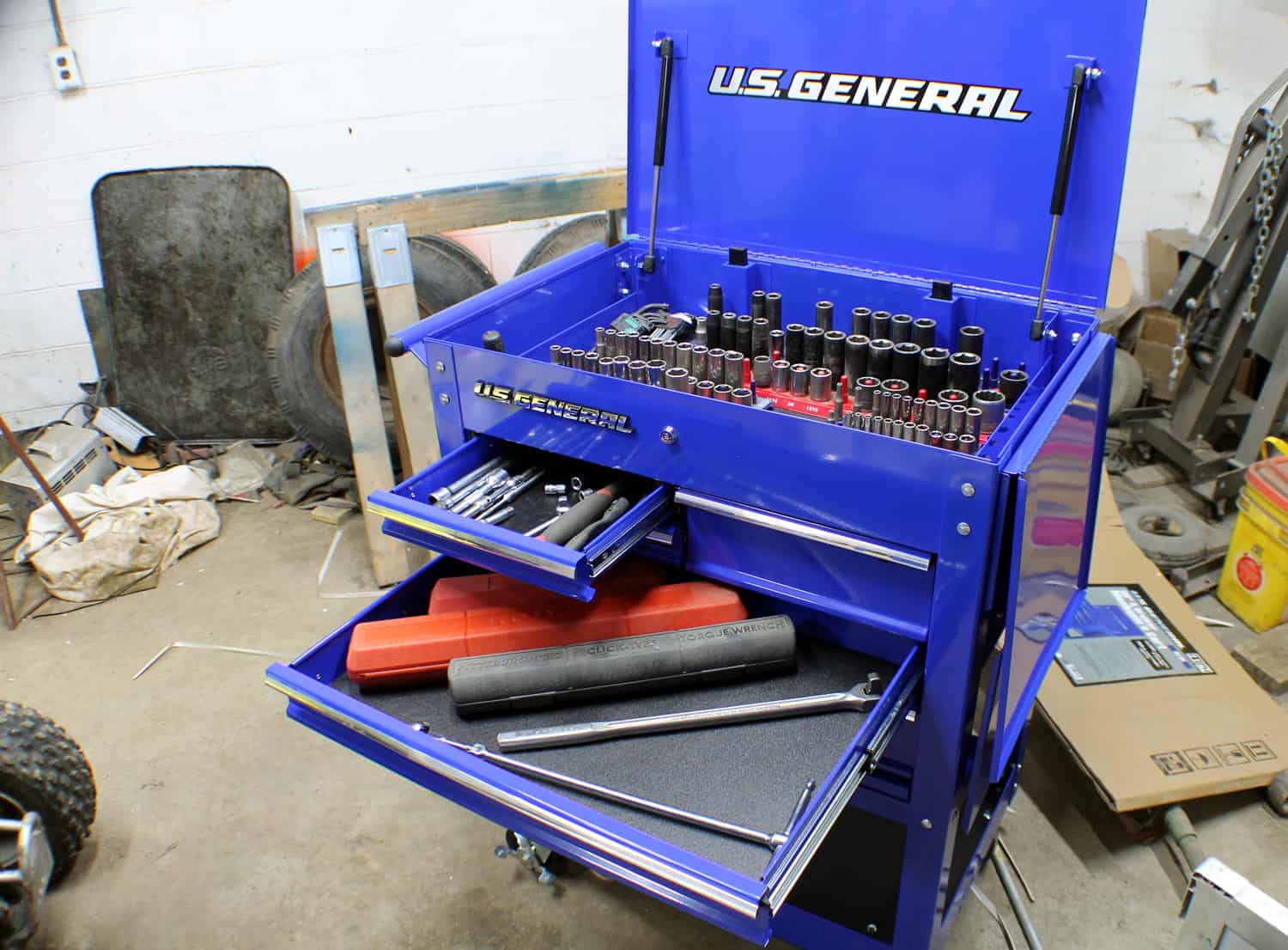
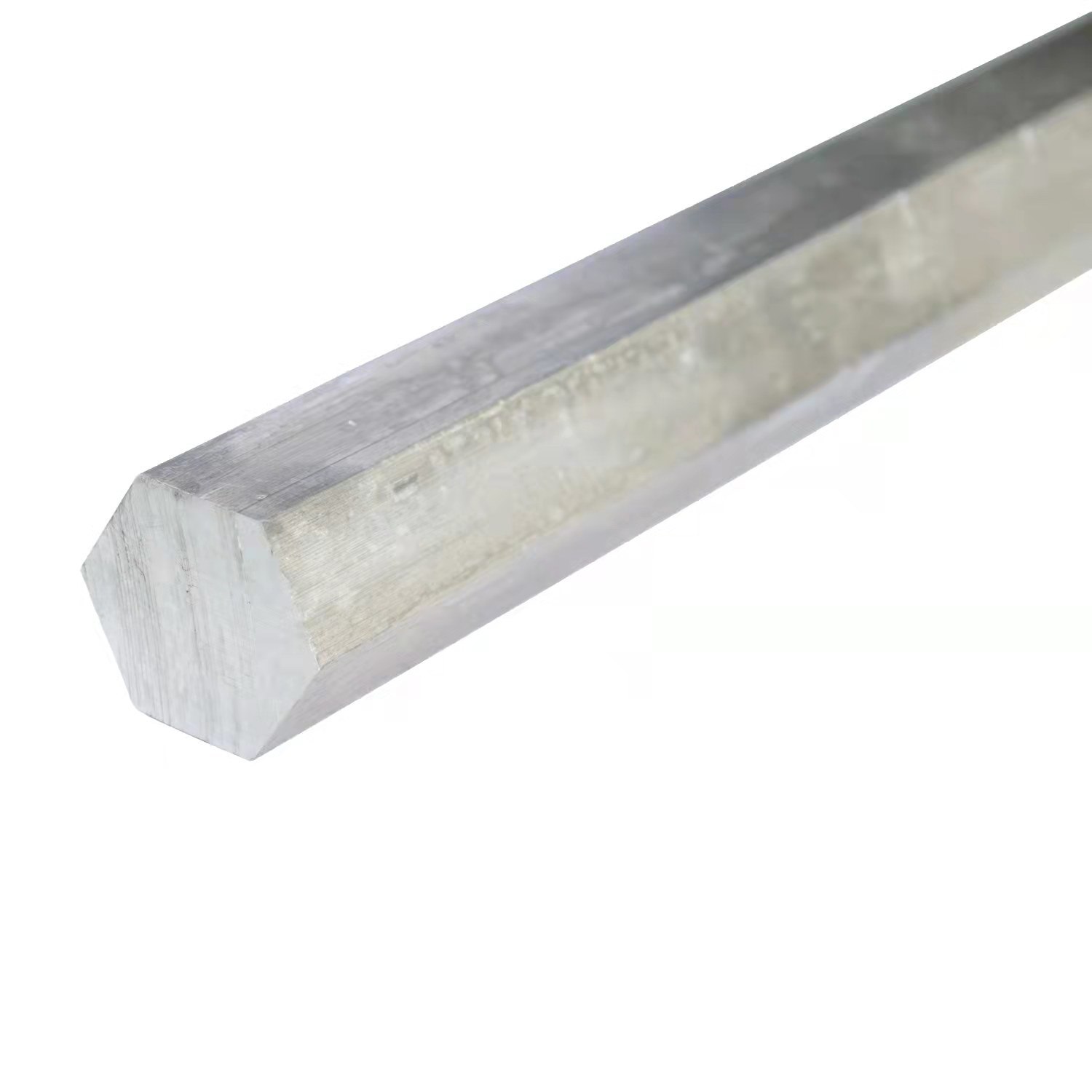
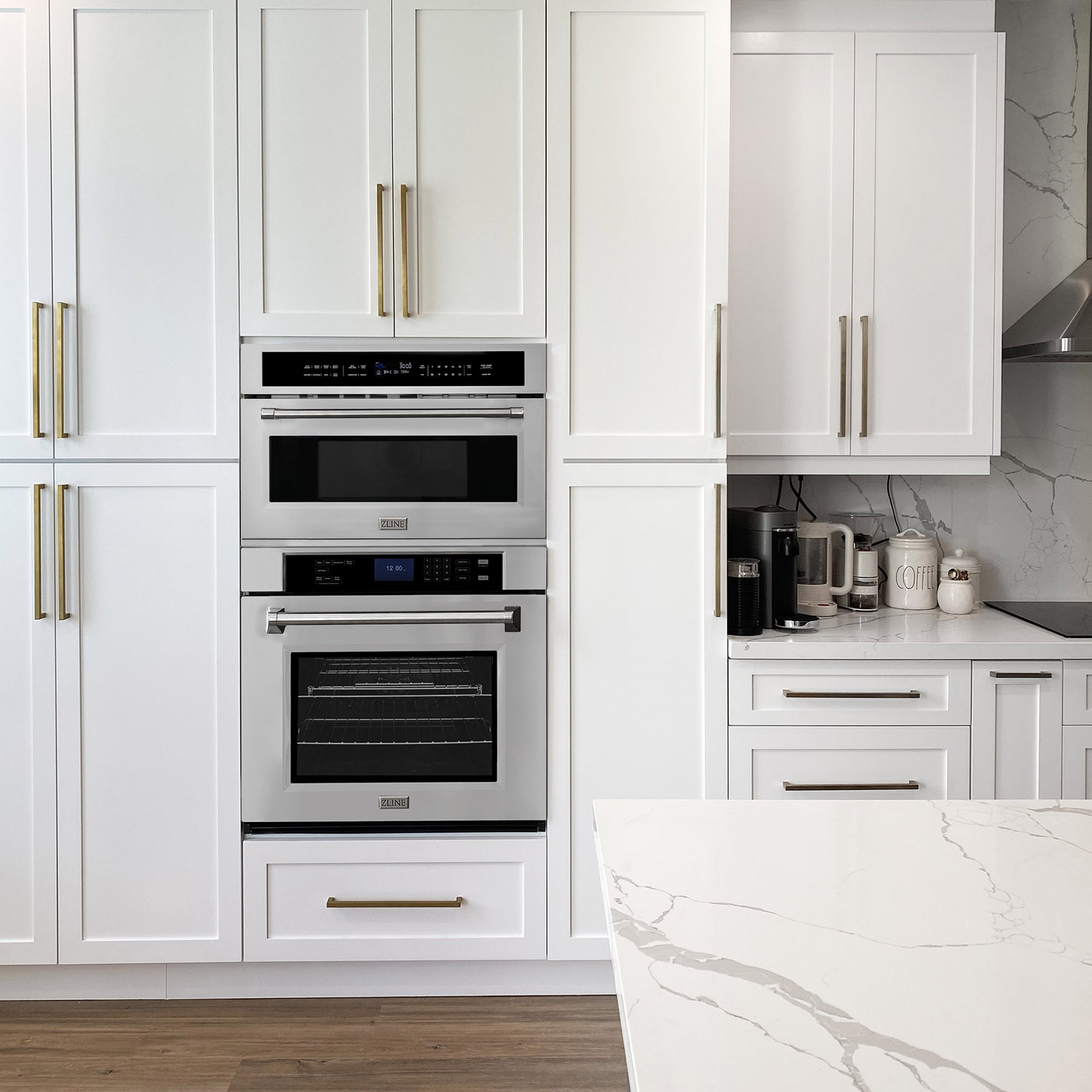
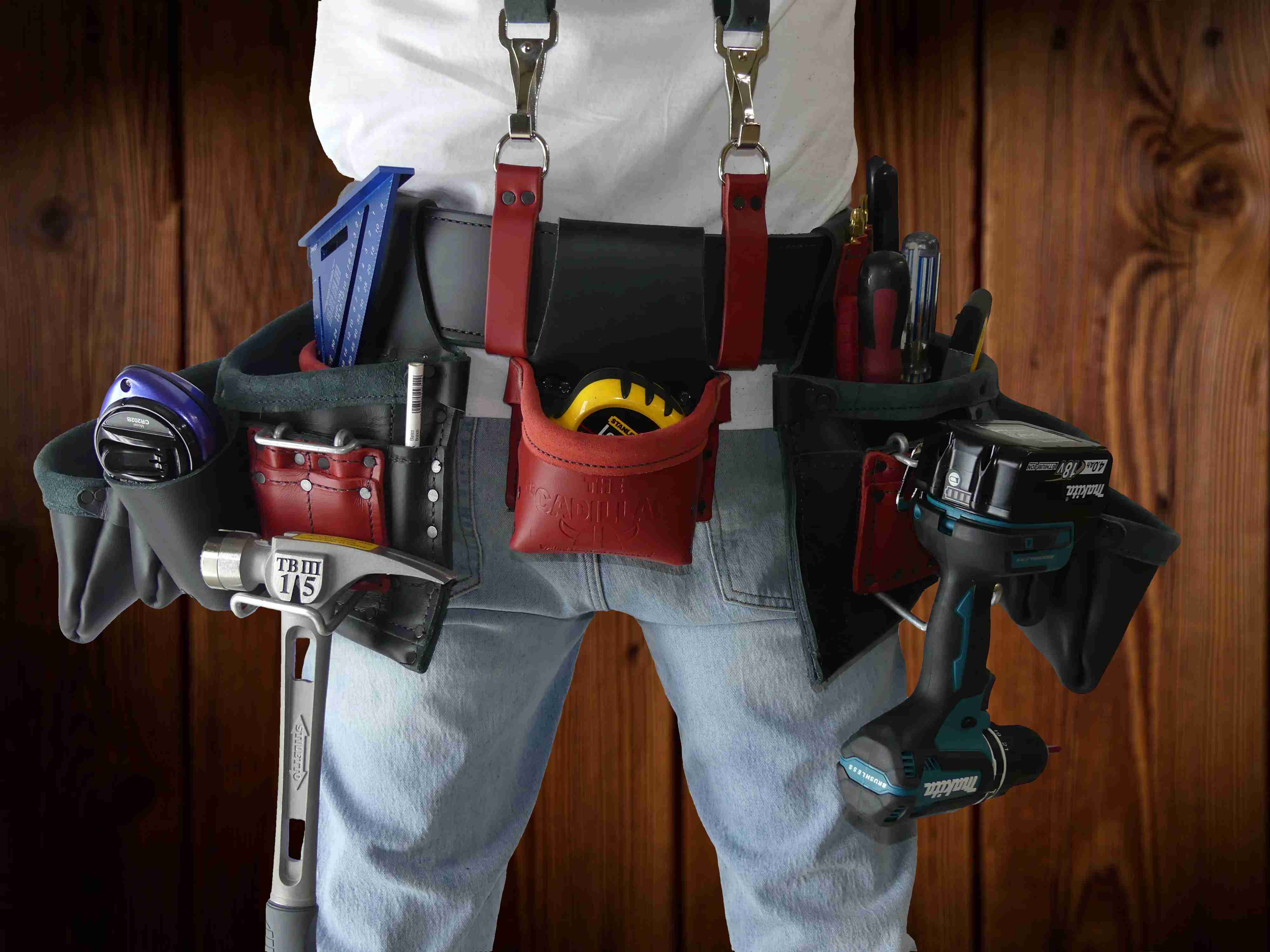
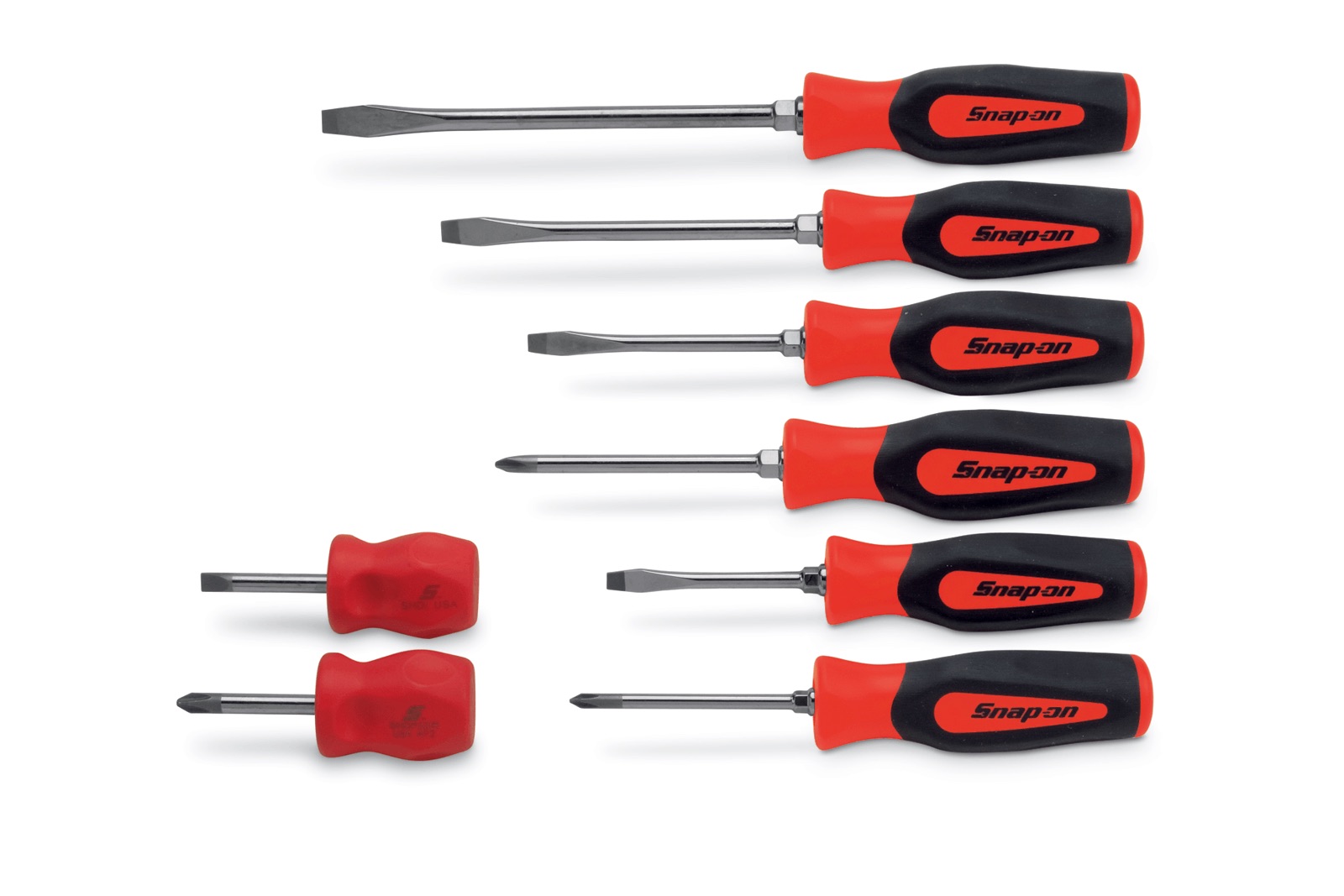
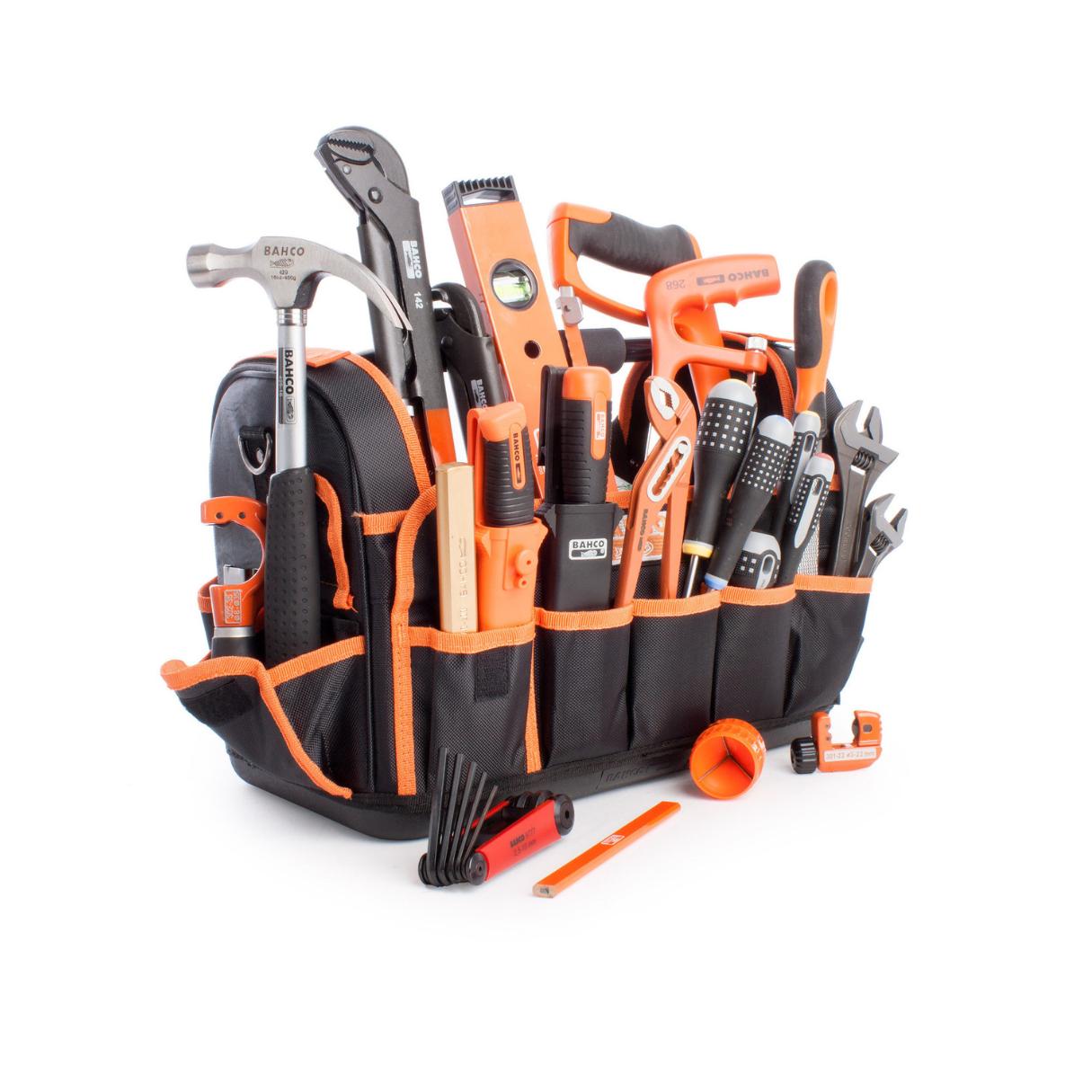

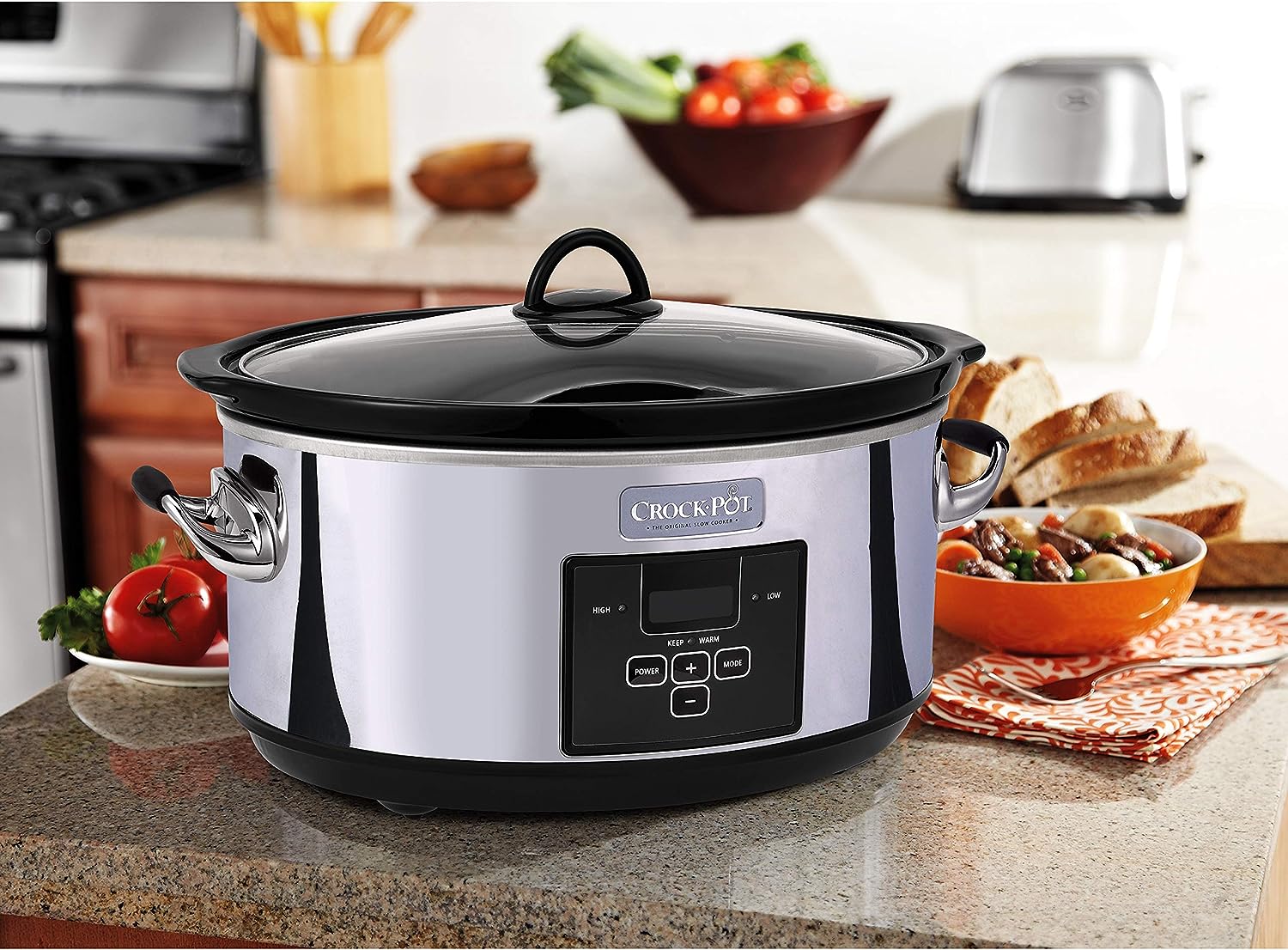

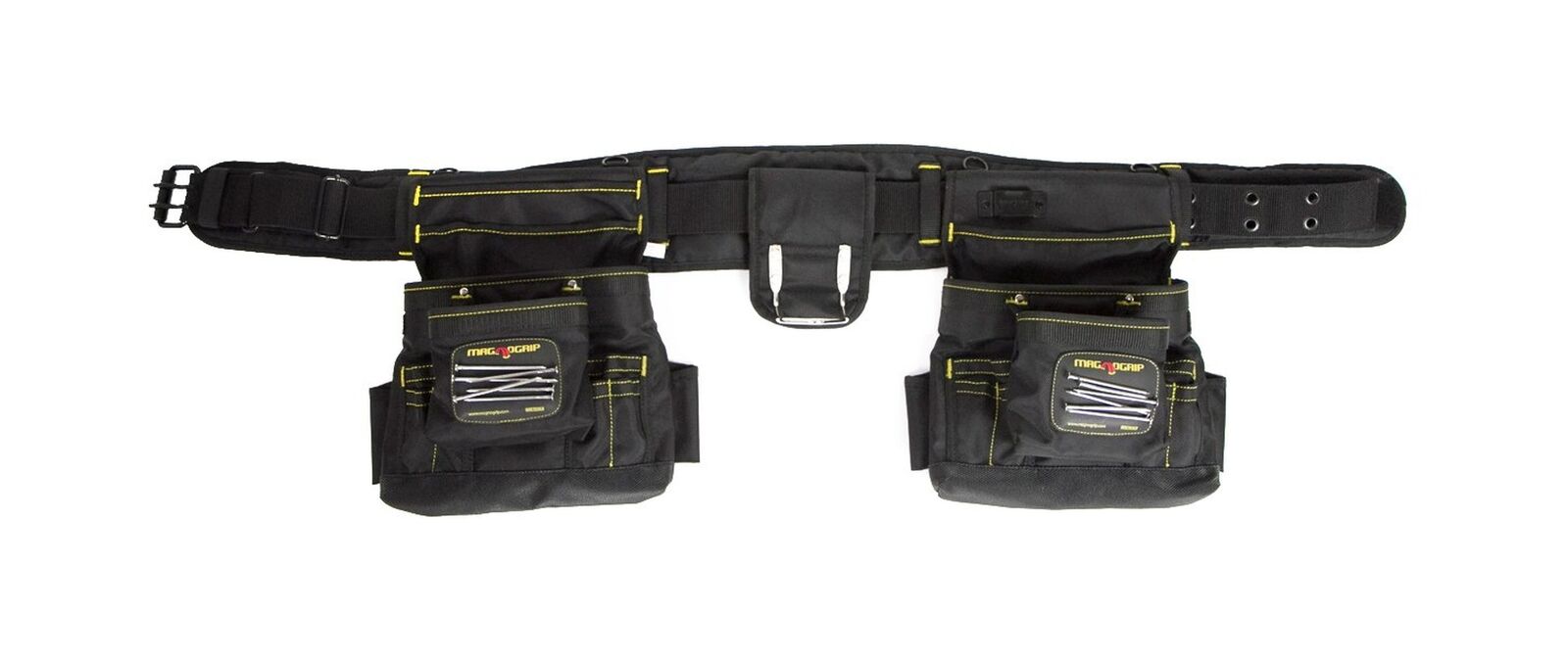
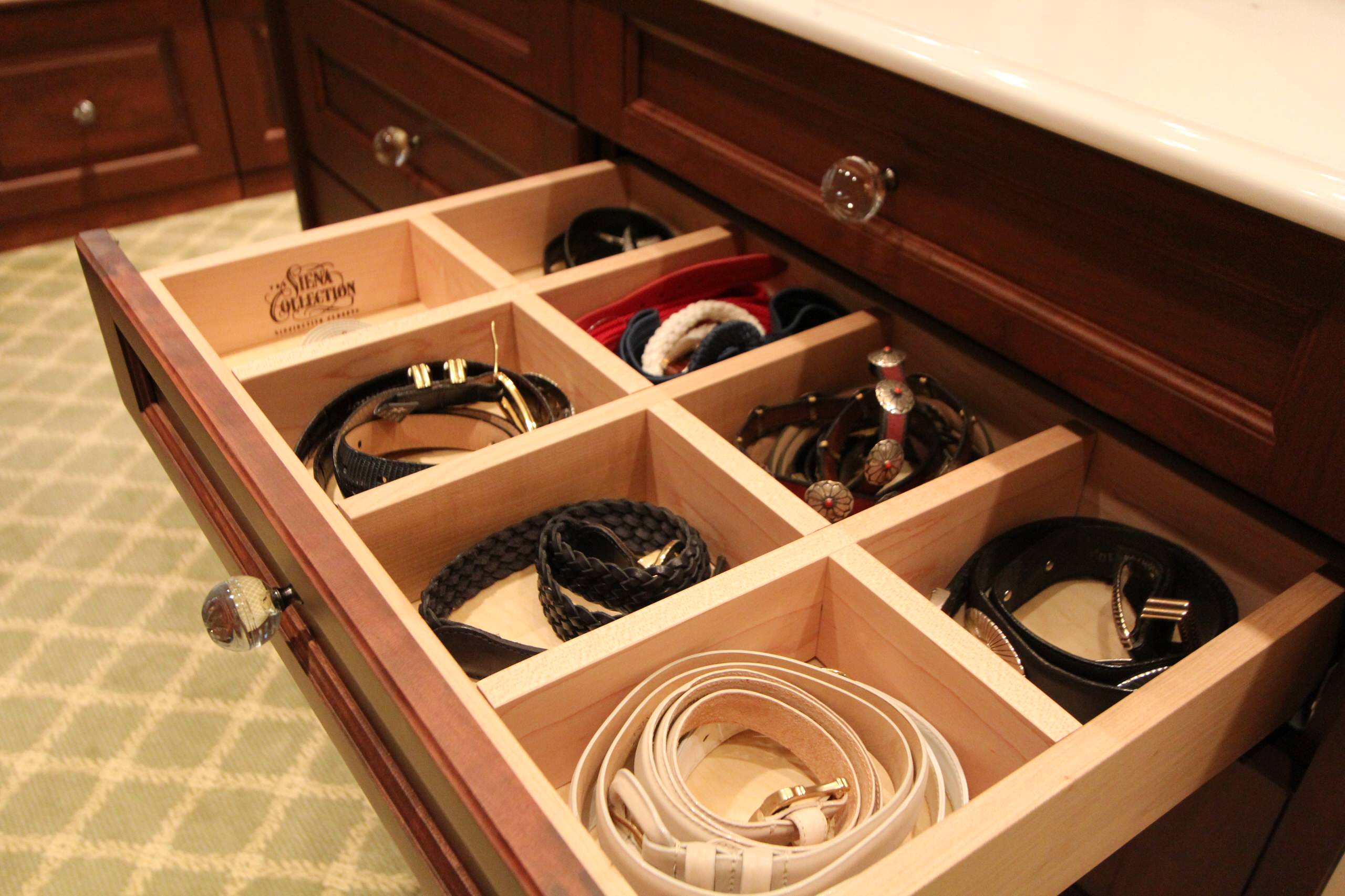

0 thoughts on “How Do You Purchase A Tough Built Tool Belt”